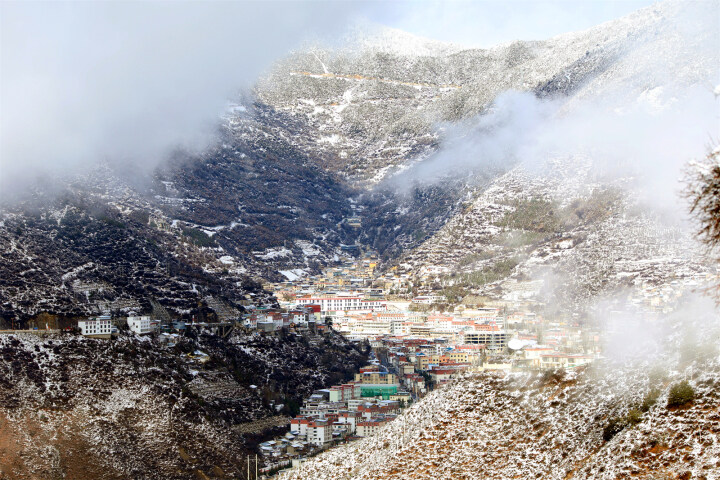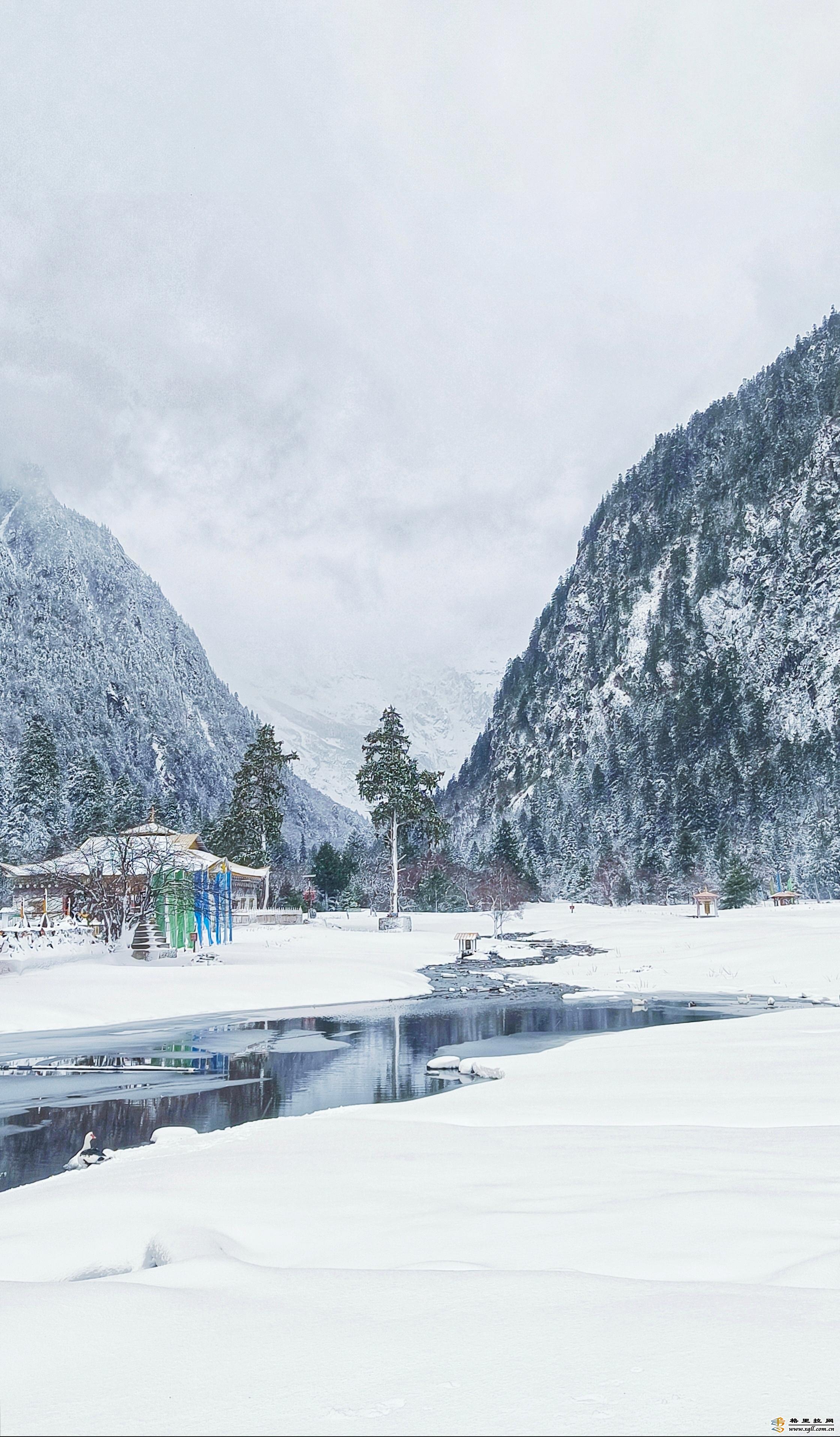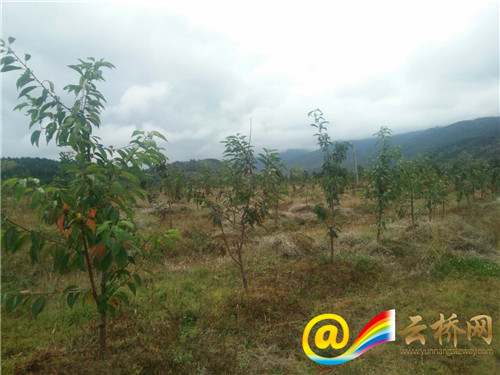
"My house used to be small and shabby, and it was located at a lower spot that is now under the water of the Xiaozhongdian reservior," said Long Ga, a Tibetan man in the Dala resettlement of Xiaozhongdian Town, northwest Yunnan's Shangri-La City. 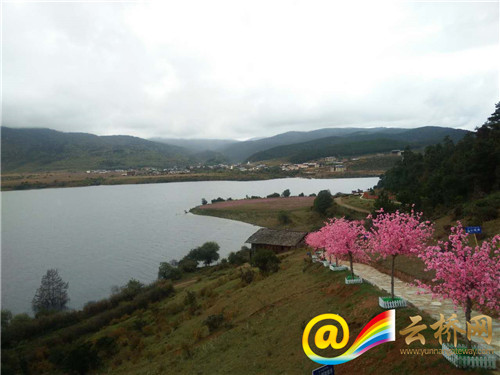
Lying on a tributary of the Jinsha River, upper reach of the Changjiang River, Xiaozhongdian reservior forms a hydro project, where power generation is meant to reduce traditional use of wood fuel in the Tibetan area. 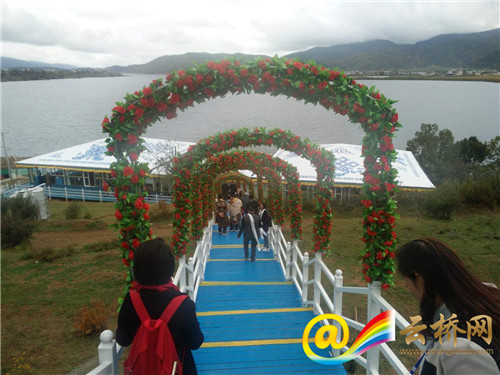
ln his spacious and well-equipped new home, Long Ga was merrily chatting with his guests, while preparing cheese, buttered tea and highland barley popcorns for them. 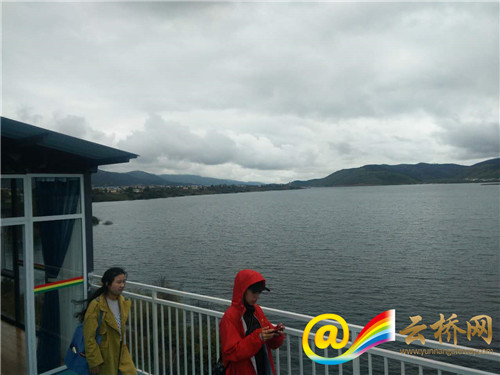
The guests were greatly impressed by the huge wooden pillars of his new mansion, and Long Ga told them the pillars were transported to the spot by heavy vehicles assigned by local resettlement authorities. 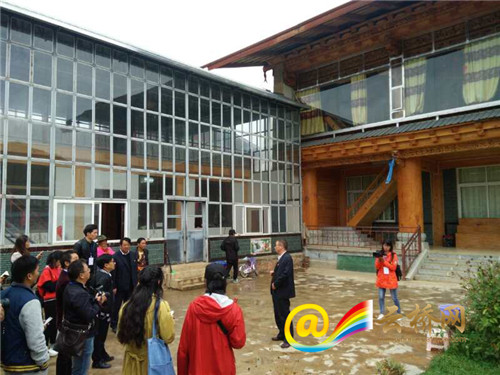
"All wood for house building is freely provided to the resettlers from the collectively owned forest, and we sent cranes and excavators to help carry the logs," said Pu Tao, director of the Shangri-la Resettlement and Development Bureau. 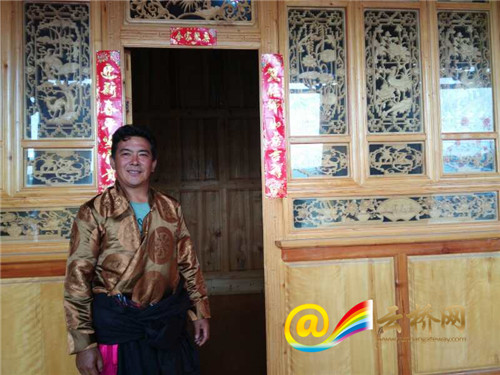
Pu Tao added each square meter of the resettlers' old house was compensated with around 600 yuan, in addition to other relocating subsidies, so the resettlers themselves do not have to spend so much on new house building. 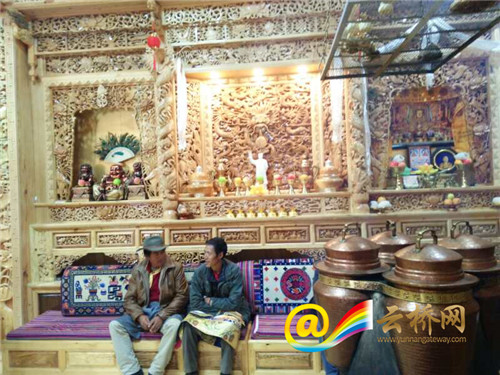
With 117 resettlers belonging to 40 households, the Dala resettlement is now equipped with even roads, restrooms, road lights, drainage systems, basketball courts and other brand new facilities. And all of them add up to a cost of seven million yuan, which was also invested by local resettlement authorities. 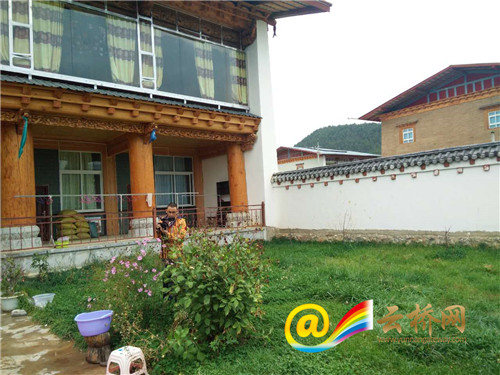
They buildup of the resettlement is just the first step. In the ensuing years, collective planting of flowers and fruits and rural tourism will be the focus because the industries can help lift the resettlers out of poverty and prosper them in the long run. 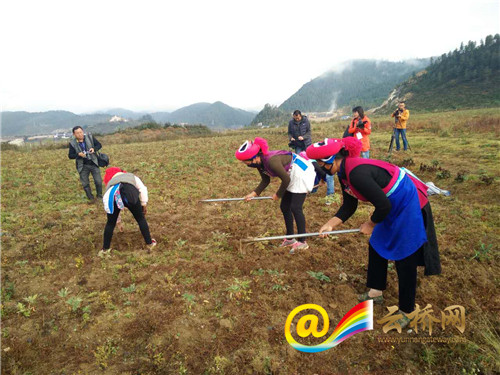
Not far away from the Dala resettlement, a 13-hectare plantation of the oil-seed peony has been built, and hard-working resettlers were getting rid of the weeds and loosen the soil for the valuable flower. 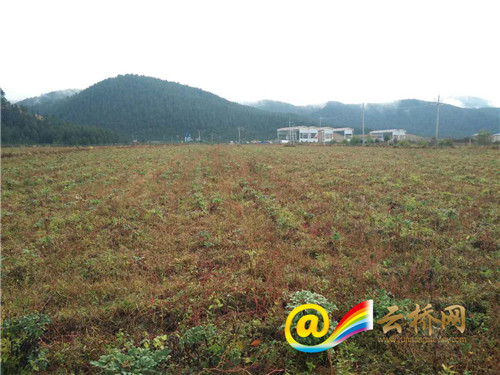
Since the Xiaozhongdian reservior can help regulate the climate in its surrounding areas, some subtropical plants now can be grown there. At another reservior resettlement, a 20-hectare plantation has been built, with 7-hectare quality cherries and more highland potatoes grown in it. "The cherry here ripens one-month later than cherries in most of China, so it can be sold at a higher price of around 100 yuan per kilogram," said Ma Shiming, director of the Diqing Resettlement and Development Bureau. To make sure that plantations are fertile and productive, the resettlers employed trucks to carry the rich soil on their traditional arable land to the new plantations in bulk before inundation. And for each hectare of newly reclaimed arable land, the resettlers were compensated with 135,000 yuan, said Ma Shiming. Rural tourism also helps to prosper the resettlers. In the Clear Water and Blue sky scenic area, relocated Tibetan folks serve as waiters, folklore performers, cleaners, and even sort of tour guides. Whenever they came across visitors, they will utter the Tibetan greeting of "zhaxi delei" with warm smiles. "Almost all resettlers in the Naisi village became share holders of the scenic area. They hold 40% of the shares while the company owns the rest 60%," said a stuff member of the scenic area, adding that rural tourism now brings an annual income of 15,000 yuan to each household of resettlers. A 1.3-kilometer Shambhala plank passage leads tourists to a barbecue area on the reservior bank, where a good view of the lake and its surrounding areas is granded. The plank pass winds through a thick pine forest, where beautiful Tibetan scripture banners and other Tibetans holy things are positioned. Smoking is not allowed. "In the future, a azalea national park will be build to boost sightseeing in the lake area," said Zhang Lin, head of Xiaozhongdian Town. By Eric Wang in Shangri-la City
|















7740f3b5-9ecb-438e-9052-76cb2d4bb671.jpg)
